If you’ve listened to my interview with Cirina Catania on the OWC RADiO podcast, you’ve heard me talk about my personal journey in learning to build and mod microphones. During my time stuck at home due to the NY Pause order, I’ve delved deeper into the world of DIY Audio projects and thought I would put together a mini-series of two articles to help get you started. In this article, I’ll cover some of the tools you’re likely to need to successfully pull off a DIY audio build, whether a microphone, DI box, or mic pre. In part two, I’ll provide some excellent resources for anyone who wants to discover the joy of DIY audio gear builds.
Tools for DIY Audio Projects
Soldering Iron
The single most important piece of equipment you’ll need for DIY audio projects is a quality soldering iron. A quality soldering iron will offer a few, critical features:
- Consistent temperature
This is critical so that you will be able to solder reliably and not wonder if your iron will quickly melt your solder. Too much contact time and/or too much heat can damage your PCB (printed circuit board). - Adjustable temperature
Different projects and different types of solder will require different temperatures for optimal usage. Most soldering irons available are adjustable so this won’t be an issue. - Comfort grip
It goes without saying that if you’ll be doing detailed work for hours on end, you’ll want as comfortable a handle as possible. - Tip compatibility
Most soldering irons have the ability to use interchangeable tips. There are many types of tips and the type you’ll need will vary from project to project.
Soldering Iron Recommendations:
Hakko FX888D ($104.95)

The FX888D is widely considered to be a leading soldering iron for anyone who plans to solder often. It features fast heat-up time, solid build quality, comfortable grip, and is sure to last for years.
X-Tronic 3020 XTS ($54.80)
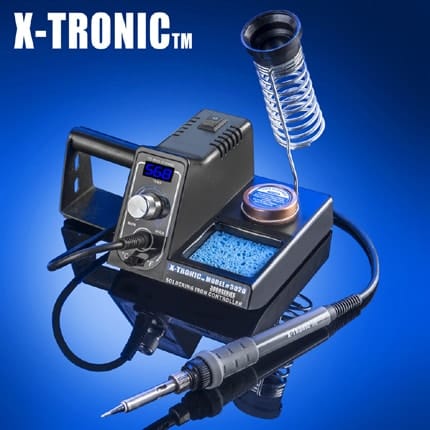
At about half the price of the Hakko FX888D, the X-Tronic 3020 XTS is a respectable performer. It features a built-in stand for your solder roll, a digital temperature display, a comfortable grip, and is compatible with Hakko tips.
A Quality, Small Chisel Iron Tip
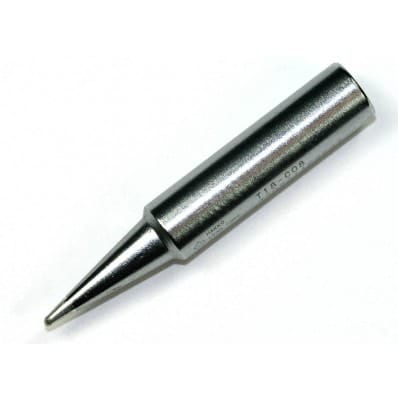
Your soldering iron will probably come with a tip that is larger than necessary for some of your DIY projects, especially microphone builds. I recommend a .8 mm x 15 mm bevel tip from Hakko. These are really easy to find and the Hakko part number is T18-C08.
Solder
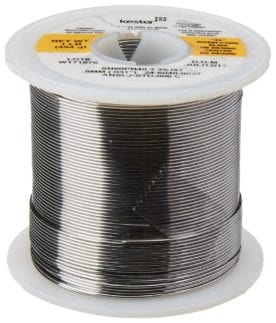
For beginners, I recommend Kester 44 60/40, .031″ / .8mm rosin-core leaded solder. If you prefer to use lead-free solder, the lead-free equivalent is part number 24-9574-1402 K100LD. However, for beginners, in particular, I find that the Kester 44 leaded version flows more easily, and the fine gauge makes it easier to control the amount of solder you apply.
For those who wonder, 60/40 means that the solder is composed of 60% tin and 40% lead. There are many different types of solder available, with different mixes, including silver. Some people believe that using solder with a small percentage of silver produces improved audio performance.
Solder Wick

Even the best of us make soldering mistakes. Maybe you used to much solder or you need to replace a component. Solder wick, in conjunction with your soldering iron, can make it easy to remove solder from your board.
My solder wick of choice is Chemtronics Desoldering Braid, 10-50L .10″.This particular wick works well because it contains flux, which helps the solder flow with relative ease.
A Quality Side-cutter
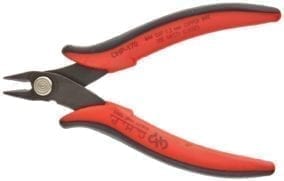
It might be tempting to save some cash and get the cheapest side-cutter you can find, but over time an inexpensive side-cutter blade will dull. The Hakko CHP-170 is under $10 and will make an excellent tool for trimming leads after you are done soldering through-hole components.
A Set of Precision Screwdrivers
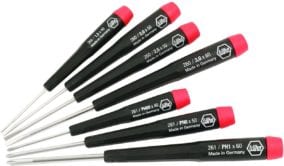
You’ll need a set of quality screwdrivers with appropriate sizes for most DIY microphone and audio projects. In my toolkit is the Wiha 26197, which comes with seven slotted and Phillips screwdrivers. It will be perfect for just about any DIY audio project you have.
Another great option is the OWC 72-Piece Advanced Toolkit – currently 50% off.
PCB Cleaner
Cleaning your circuit board after you’re done soldering is a simple yet critical step in maintaining your circuit’s reliability in the future. You want to remove all the flux residue that was left over after soldering components to the PCB. I recommend either 99% Isopropyl Alcohol or Commercial Flux Cleaner Spray (for example, Tech Spray 1621-10S EcoLine Flux Remover).
If you use 99% IPA (Isopropyl Alcohol), you can simply use a paper towel folded over several times and scrub the bottom of your board with the alcohol-dampened towel.
If you opt for the flux cleaner spray, you’ll need a non-static brush to remove the flux residue after you’ve sprayed the board.
My two cents, after using both methods — stick with the IPA and paper towel… it’s less expensive and I find it’s actually easier to get the board clean.
Conformal Coating (optional)
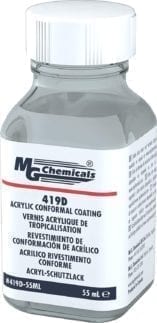
While technically optional, applying a conformal coating to high impedance solder joints will help prevent moisture and oxidation from degrading those connections over time. I use MG Chemicals 419 Acrylic Lacquer Conformal Coating. There are two versions— 419C dries in about 3 minutes while 419D dries in about 10 minutes.
Digital Multimeter
Throughout your DIY audio projects, you’re going to need to take measurements of all kinds — resistance, voltage, continuity, capacitance, etc. I recommend getting the best multimeter your budget allows. It will serve you well, probably for the rest of your life!
The Fluke 87-V Multimeter ($375) is considered to be one of the best, most accurate, and most reliable meters available, however relatively expensive.
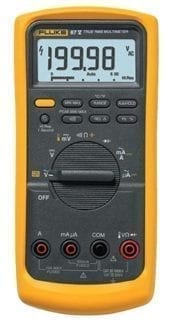
A more budget-friendly option, the Mastech MS8268, will serve you perfectly well for 99% of your projects. Being budget-conscious myself, it’s the same multi-meter I used on my first DIY project and I continue to use it today.
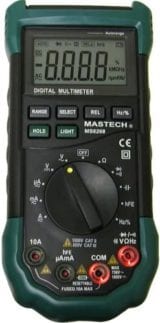
Latex Gloves
Get yourself a box of powder-free latex gloves. Not only will it keep your hands clean from lead, solvents, and residue, but it will also protect sensitive components from your bodily oils (which can sometimes affect their performance in significant ways).
Wire Cutter / Stripper

You’ll need these in order to work with cabling of various sizes, from the small gauge of microphone capsule wires to larger gauge power supply wiring if required. My stripper of choice is the Klein Tools 11057. It works great on every gauge wire I’ve put through it so far. It’s another one of those tools that will serve you for the rest of your life.
Circuit Board Holder or Third Hand
While you can certainly rest your circuit boards directly on the desk (however not recommended), there are two products that you might find indispensable once you begin working with them.
Aven 17010 Adjustable Circuit Board Holder
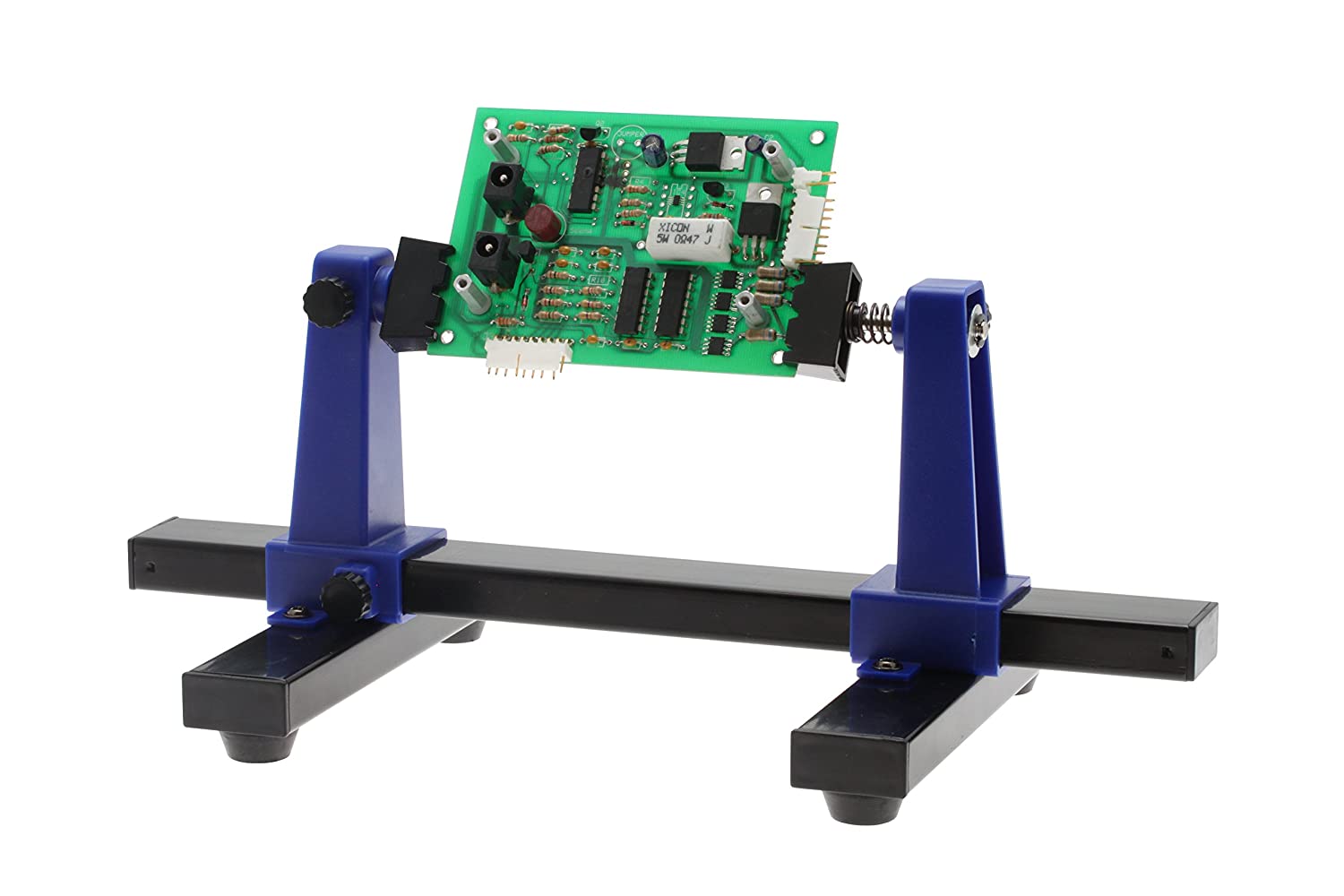
This adjustable, rotating circuit board holder not only lifts the PCB off the surface of your desk, but allows for complete 360-degree rotation of the circuit board. I literally use it on every project I work on now.
Hobby Creek Helping Hands Third Hand

There are many third-hand tools out there. The Helping Hands from Hobby Creek is a great one and will get the job done quite well, providing you with the flexibility you need for positioning various components. If you do some searching, you’ll be able to find similar solutions for less, but you can’t go wrong with Hobby Creek.
ESD-Safe Tweezers

As part of just about any DIY audio project, you’ll work with countless small components, from resistors to capacitors to JFETS and the tiniest of screws. An effective, yet inexpensive set of ESD-safe tweezers should set you back no more than $10. I picked up a set of PIXNOR Precision Tweezers, which includes 7 different tweezers, and they have served me adequately well. If you want to invest in something with a bit more panache, you could splurge on the Wiha 44501, which is one tweezer for around $20.
Magnifiers
Whether soldering or trying to identify markings on various components, you’re likely to want to magnify your view. Here are two magnifiers I use every time I’m at my workbench.
Headband Magnifier by Beileshi
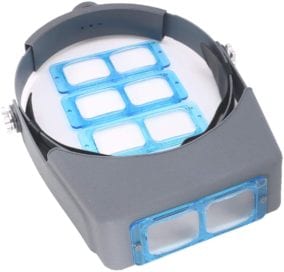
With an interchangeable magnification lens and a relatively comfortable headband, you can wear this for hours for convenient magnification as needed.
Carson MiniBrite Magnifier with Built-in LED
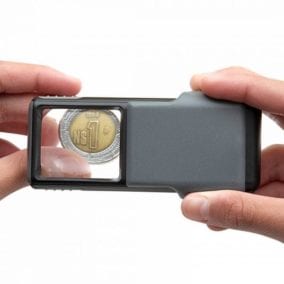
This little guy is perfect reading part numbers and codes on components. It fits in your pocket and even has a built-in light.
Conclusion
Now that you know what tools you’ll need to be adequately prepared for DIY audio projects, I’ll share some of my personal favorite projects for beginners and more advanced DIYers alike.
Although most of us are still #AloneTogether, and Work from Home (WFH), now is a great time to learn new things and develop a new hobby or interest. Continue to stay safe!
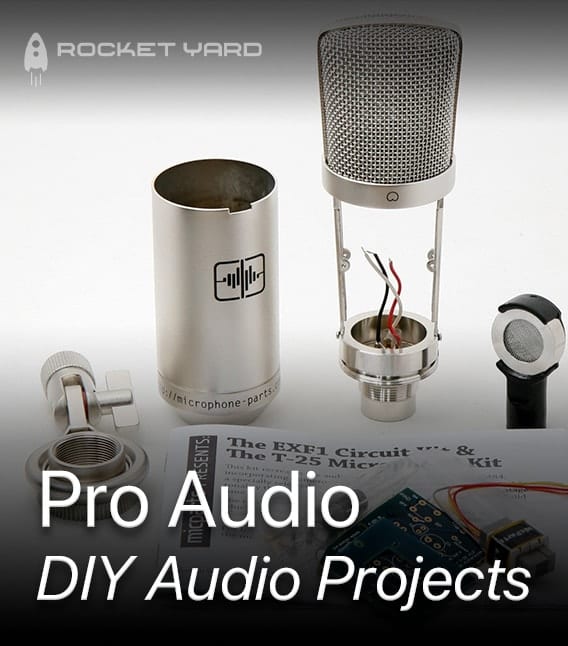
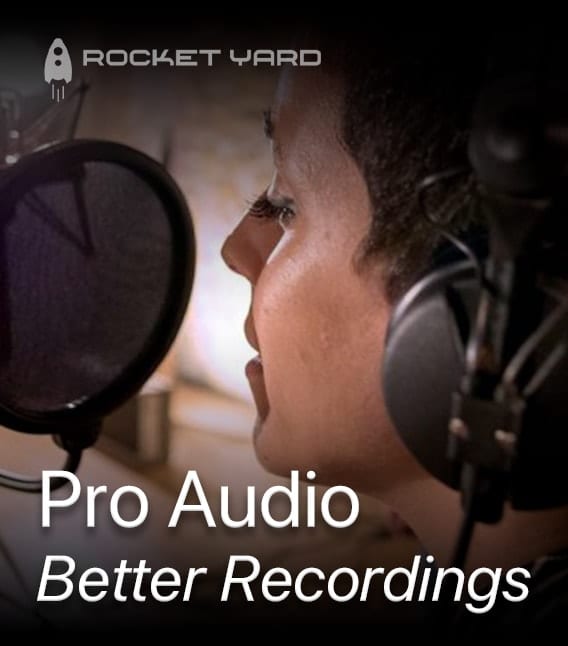

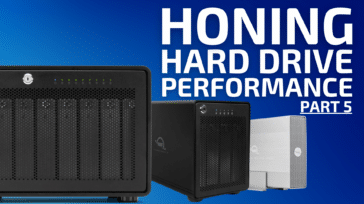
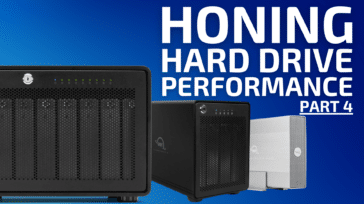
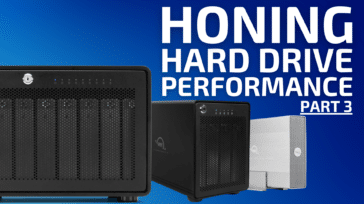
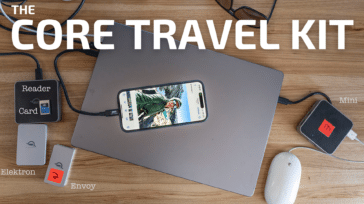


Good article. Two minor tweaks:
Kester cored solder is Rosin Core, not Resin core.
You should add a fan, especially for use while soldering to help avoid the resulting fumes (both lead and organic).
Hey James!
You’re right! Autocorrect on my Mac changed rosin to resin and I didn’t catch it. Apologies.
Good call on the fan, or fume vent. An interesting little fact, the toxic fumes you want to avoid by using a fan or vent are actually not lead, but the flux as it burns up during soldering.
Thanks for reading and for catching the typo. Will be corrected shortly!
Best,
Josh